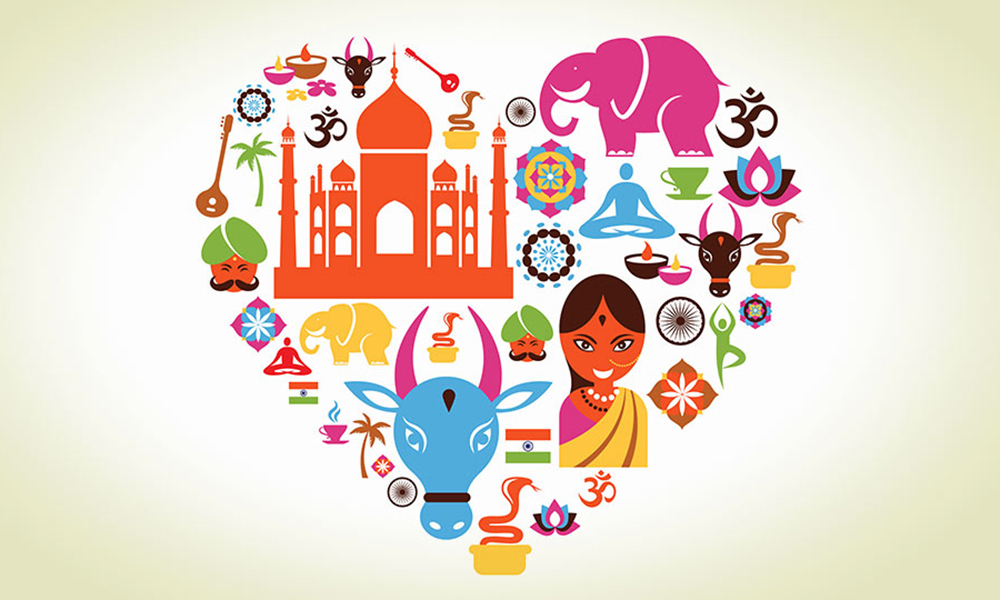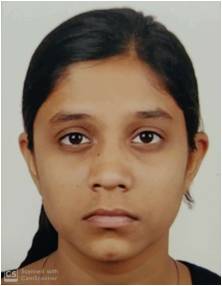
Language Source: Isha Foundation
India is diverse; it is diverse in every sense of that word. There are 1.37 billion people in this country. They live in forests and deserts, mountains and coasts, plains and plateaus. Just as our landforms vary and our languages vary too. There are around 122 major ones without even considering the minor ones and numerous dialects. We follow many different religions; we classify ourselves into castes and sub-castes. We have, sometimes within the same city, people living in slums and people living in houses as big as palaces. It’s safe to say that we have diversity in this country. This diversity makes our culture what it is.
You could understand a place through its food and although India may be globally known for the butter chicken curry and naan bread, the truth is that this is no real representation of India. Once I travelled to a place around 30 kilometers from my home town and found that the local food there was characteristic of just their little town. Flavours were completely different. I ate local dishes I had not heard of before and I also ate well know dishes that tasted a little different, with seemingly a local twist, and then, in the end, I had tea. It took me a while to realize, but this seemed like a fitting metaphor for the cultures of India. Every place in India had a culture that was a blend of local ideas and borrowed and altered ideas, and ideas that seemed universally Indian.
The stories we tell, the lessons we teach, the clothes we wear, the places we live make up our culture. Our country being as large and diverse as it is, has so many sub-cultures. What makes Indian culture unique is not these multiple different cultures separately, but it is our ability to collectively imagine ourselves belonging to the same culture despite having technically different cultures. This makes me believe that Indian culture is not a singular thing.
Indian culture is the coexistence of all the local cultures. It is the coexistence of different beliefs. It is a complex network of thousands of cultures from the most remote parts of the country. It is also about certain beliefs so strong, that they seem to somehow manage to hold all this mighty nation together. The beliefs that hold it together are the core of our culture.
There is this theory I have, if you put two Indian people in a room, despite there age difference they will have something in common based on our culture. They might be able to understand and relate to each other’s experiences. If a young boy and a middle-aged man, from different parts of India, meet, and the man talks about a summer memory about jumping into a lake, there are high chances that the boy has heard about a story like this from his father or his grandfather. This ability that we have as a society to relate to each other despite not having been in a similar situation is because of culture. We choose to pass this culture down, just as it was passed down to us. Our culture lies in the stories we tell.
During Dussehra, Mysore lights up its palaces and there are song and dance, people from all over the state come here and watch the celebrations. If you travel 2869km to the north, to Kullu, you see the entire valley is lit up, there is a huge celebration that pulls people from all the valleys around.
In Mysore, we celebrate the victory of goddess Chamundashwari over the demon Mahishasura. In Kullu, Dussehra is celebrated to mark the placing the idol of Lord Ragunath over the throne of Kullu. These stories are different, yet they are celebrated as Dussehra. In its core, it is about the victory of good over evil. Both are famous for the same thing done so differently. Such is the blend of cultures in India.
India’s culture has powerful and strong roots. It’s been around a very long time. India’s culture may seem regressive, oppressive, old and out of date. It may be all these things, but things with roots as deep as our culture take time to change.
The most remarkable part of Indian culture is not how well connected we are (although this is pretty incredible too). The most remarkable part of Indian culture is that this generation, which also happens to be the largest in terms of population, making India the largest youngest country, is more accepting, aware, sensitive and determined. This generation, a generation that people fear might destroy our culture has a chance to correct its faults without compromising its history. It is this generation’s responsibility to improve our culture and also to preserve the parts we are so proud of.
Writer: Poorvi A. Ammanagi, from Belgaum.



